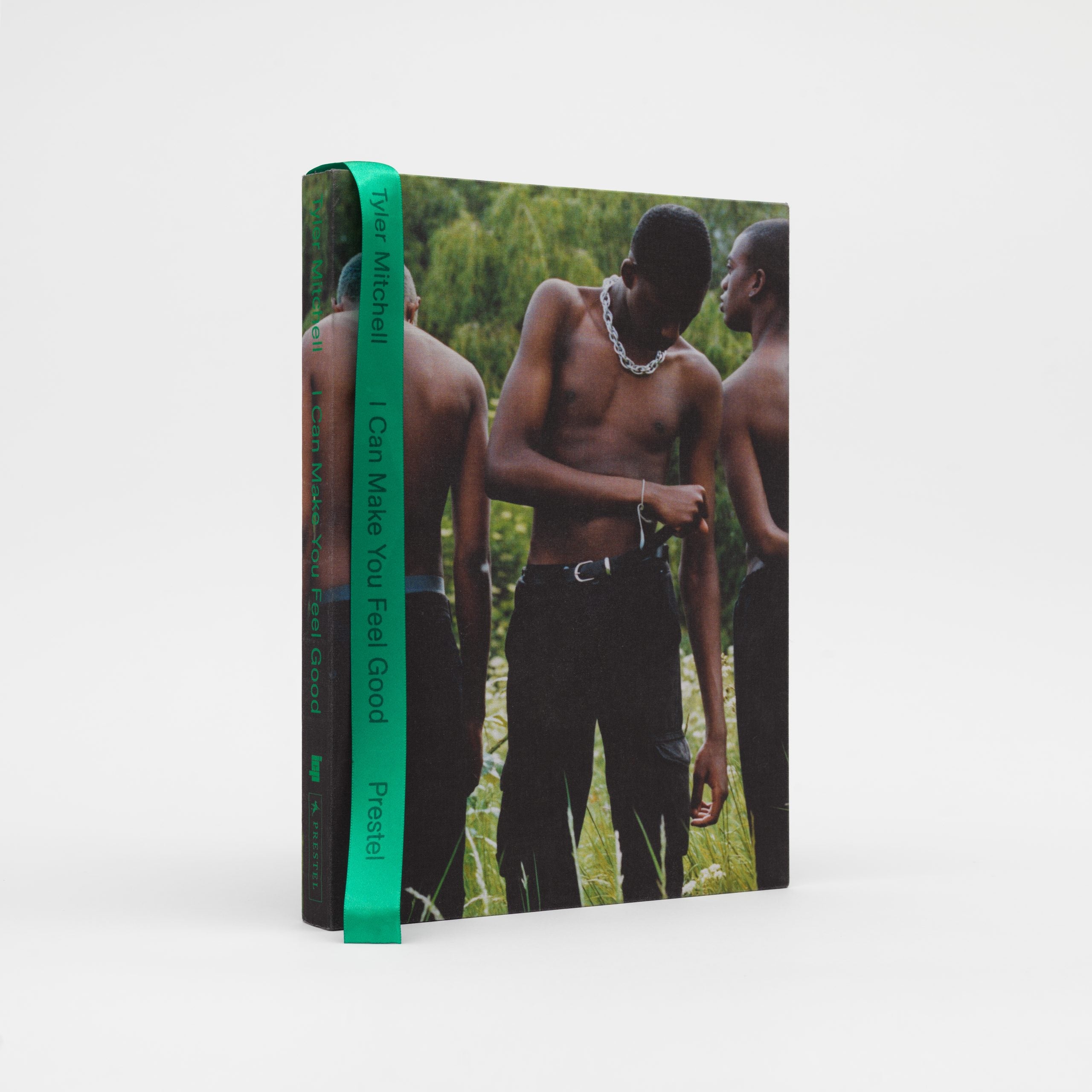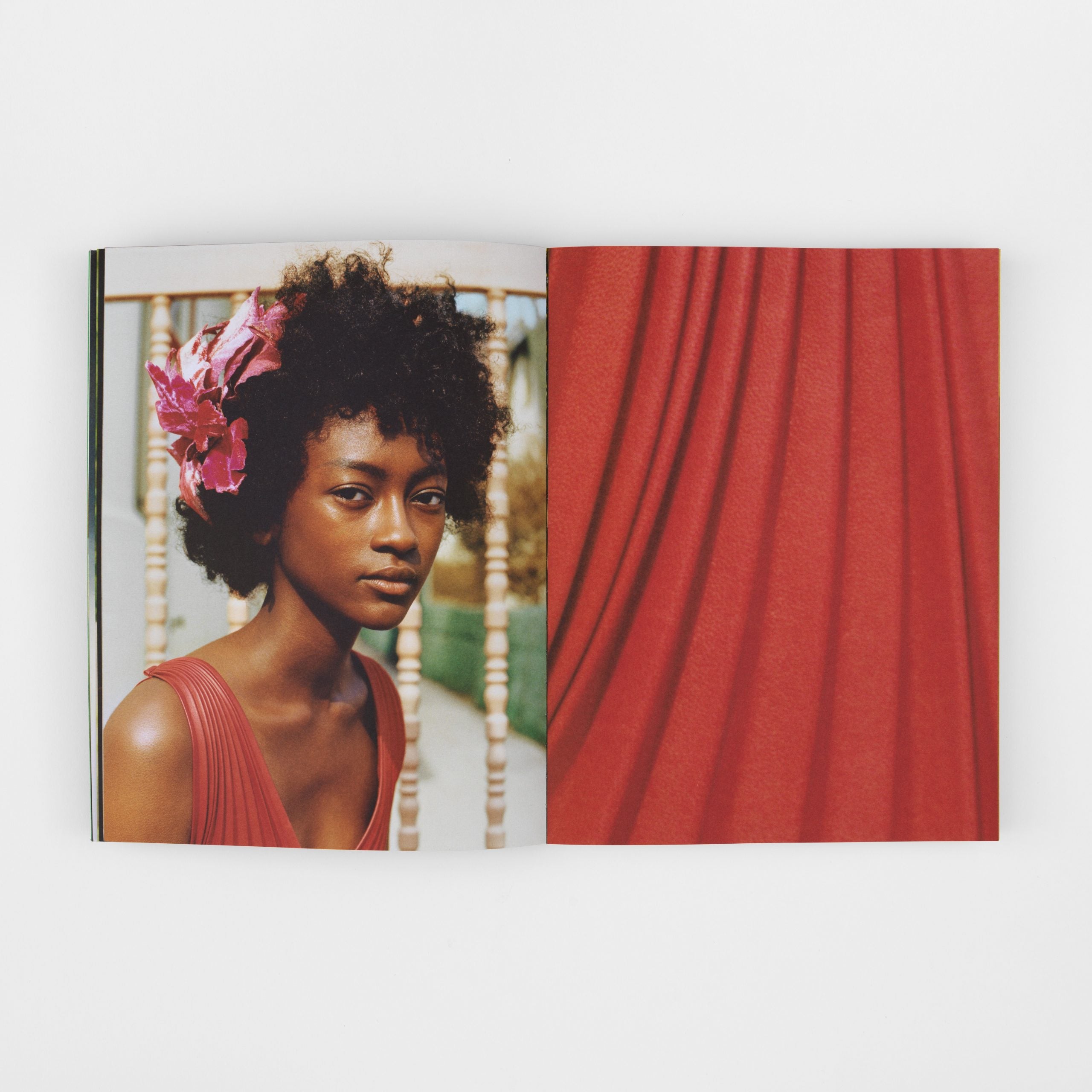
To be a multifaceted Black creator in 2020 is not easy. While we’ve seen curators across the film, fashion and art industries score major wins this year, unfortunately, we are unable to celebrate during unprecedented times. “There’s a lot of death around all of us,” Photographer Tyler Mitchell tells ESSENCE. “I suppose I’m trying to be gentle with myself.”
In 2018, The 25-year-old creative became the first Black photographer to shoot a Vogue cover in its 125-year history, in which his subject was Beyonce. “I think it’s more about the responsibility that comes with it, which I’m very aware of,” Mitchell exclaimed when asked if carrying that title was heavy to hold. Not to be defined by just one cover, the photographer has gone on to shoot for I-D and Vanity Fair. Mitchell has established his work as conscious bodies of labor that feature Black bodies as the subject. “I very much am glad to be that person and take on the responsibility that comes with it in terms of the community,” says the creative.

This fall, the photographer spoke to ESSENCE about his first book, “I Can Make You Feel Good,” which is centered around Black utopia. “I hope that they feel both the escapism of it, the optimism of it, and that freedom, that the images emanate,” he says. Eliminating any white space, the book’s design mirrors Tyler’s mission in showcasing a glowing natural light to celebrate the melanin from the subjects he photographed. “When looking at the images, you also think about Black folks not being able to inhabit public space in the ways that the images suggest.” he concluded.
Mitchell spoke with ESSENCE Associate Fashion Editor Nandi Howard about his summer project, “I Can Make You Feel Good,” and the importance of creating representation with his work. Read below.
ESSENCE: How are you?
Mitchell: I’m doing all right. On a personal level, I think this year has been a really exciting year. But of course like everyone else, I’m hit with waves of major despair. I allow whatever is going on in terms of emotions to go on.
ESSENCE: This summer you released your book, “I Can Make You Feel Good.” Can you explain where this idea came from?
Mitchell: I Can Make You Feel Good, the title itself, is from a Shalamar soul song. I heard it traveling from Atlanta to Amsterdam. When I was traveling to Amsterdam, Foam, the photography museum there, invited me to do a show. I was quite timid and scared just on the basis of being mainly an editorial and fashion and commercial photographer. Knowing that there were some identity-based meanings in my work but not sure what to do. When I heard that song, I really: A, loved it; but B, loved what the title of it suggested, as a very layman’s term, unacademic, but also beautiful from-me-to-you sentiment, meaning from artist to viewer. Essentially, finding that song mixed with considering doing a show with Foam is how the title and the framework came about, but the body of work I’ve been making for the past four years, in and out of commissions and personal work.
“It was a call to action to make Black subjects the protagonists of images.” – Tyler Mitchell.

ESSENCE: How special was this project to capture popular creatives over the years but also to work with behind-the-scenes cast that may not be as public?
Mitchell: This project was a hodgepodge of different cast members and crew members. And a big part of it is collaboration. I’m big on speaking to other people in more of a crew way rather than working individually like a street photographer. So I will work with stylists, hair, and makeup, and set designers in more of a fashion editorial format. And I think that’s due to just my training as a filmmaker and filmmaking being a crew-based project. I really depend on crews when I’m making my work.
ESSENCE: Why is shooting Black creatives important to you?
Mitchell: I think it’s good to preempt it with a Black image maker should be able to, in terms of subject choice, be able to photograph whoever they like. But I think the decision for me to home in, especially with “I Can Make You Feel Good,” on Black identity and autobiographical sentiments was twofold. In 2015 and 2016, there was a big personal awakening, similar to the awakening going on in the rest of the world right now. Whether it was the Pulse Club or Ferguson, it very poignant, and that was either filmed and shown online. It was a call to action to really, especially in my commercial work. Make a thrust to only amplify and focus on stories that reflect my experiences and be okay with that and push for that type of casting in any scenario, whether that is a JW Anderson campaign or any other project. It was important then to amplify and focus in on specifically Black representation in my images. It was a call to action to make Black subjects the protagonists of images.
ESSENCE: How does that feel to see now just more Black creative shooting covers and just being given the flowers that I think we rightfully have deserved?
Mitchell: 100%. I feel great about it. I mean, if I’ve contributed anything to it, then that makes me extremely happy. Do you know what I mean? Then I think something that I want to see is just more conversations among us as a group of Black image makers, as a generation of Black image makers, in terms of holding one another, talking to one another, continuing to make great stuff, continuing to push to make better stuff. I just think that’s honestly beautiful.
